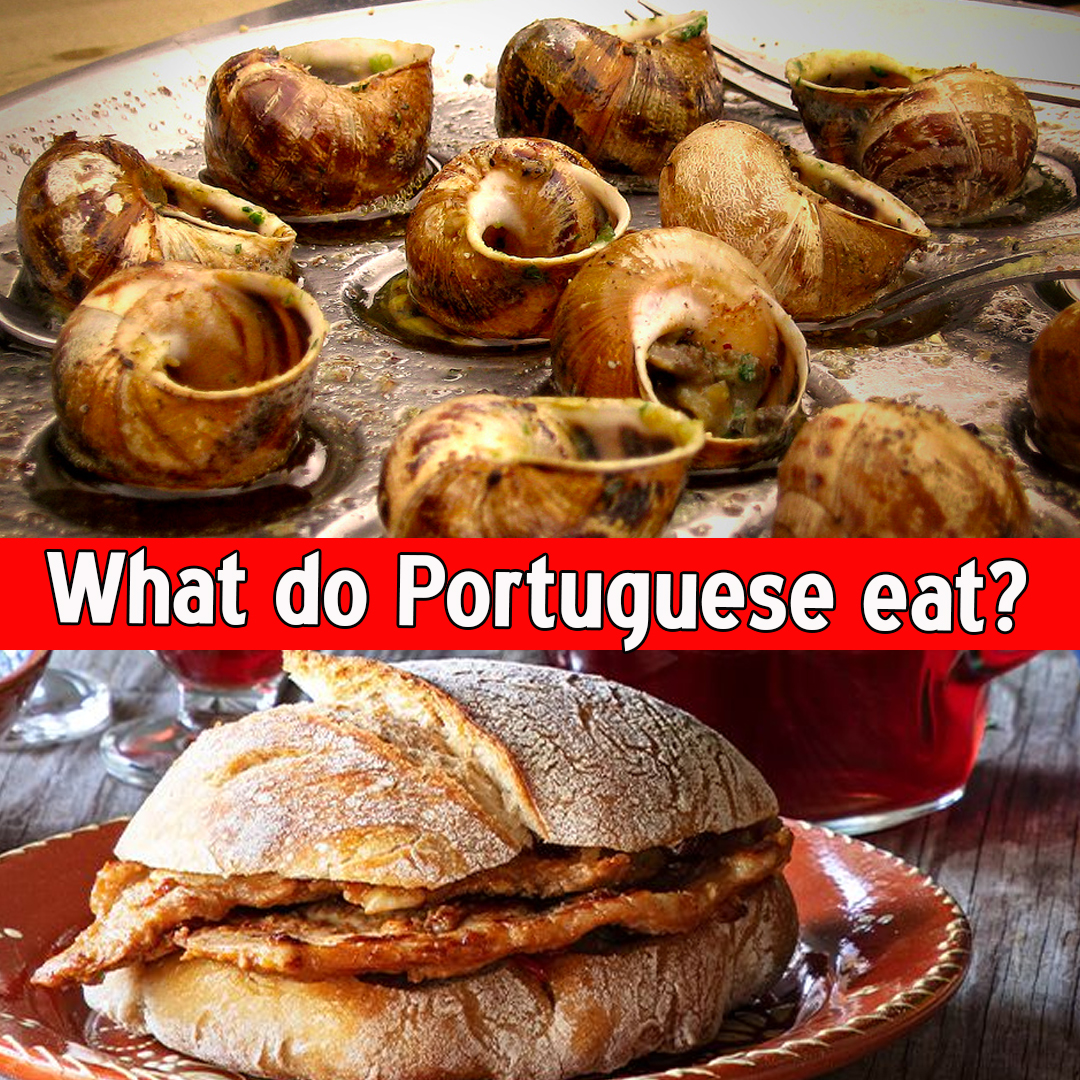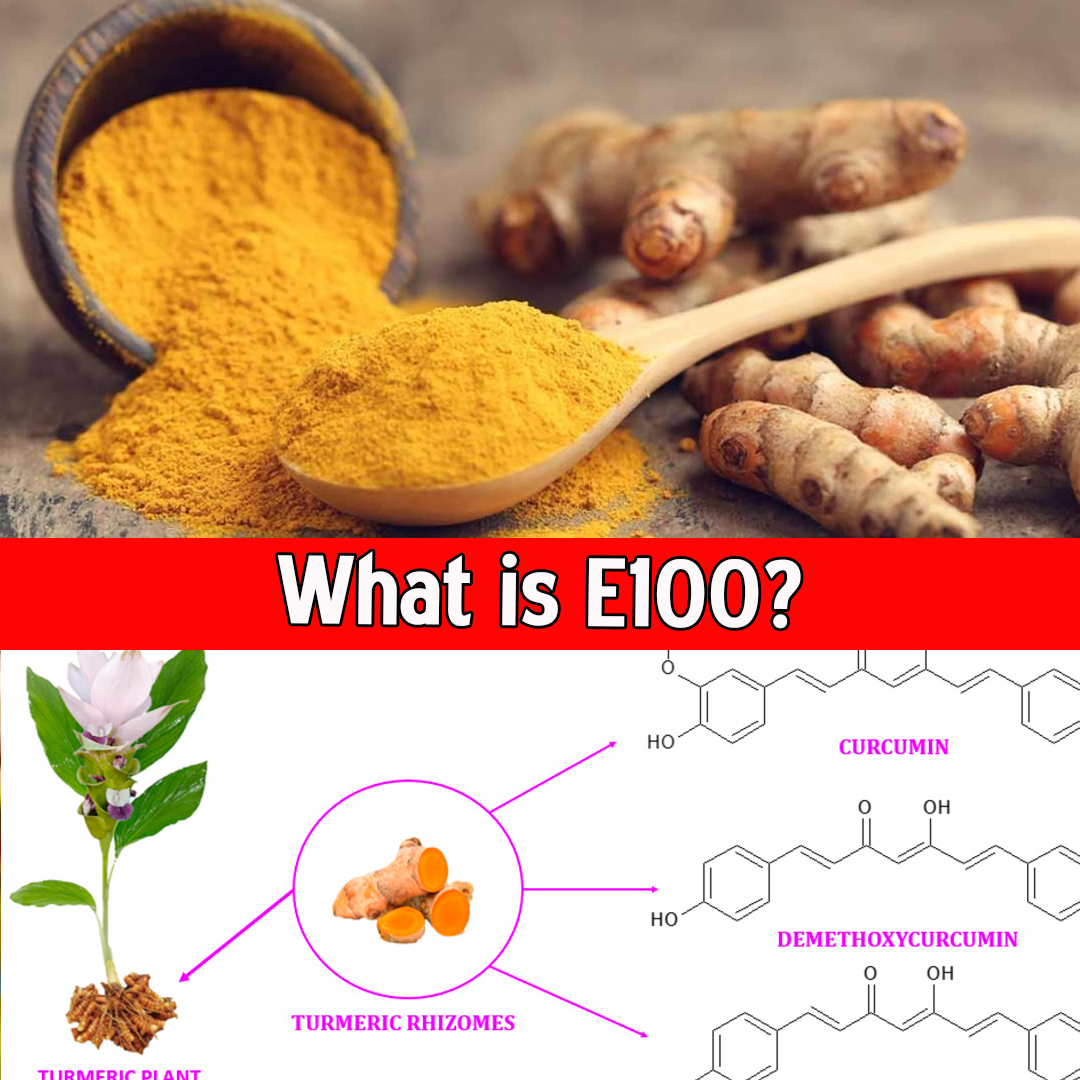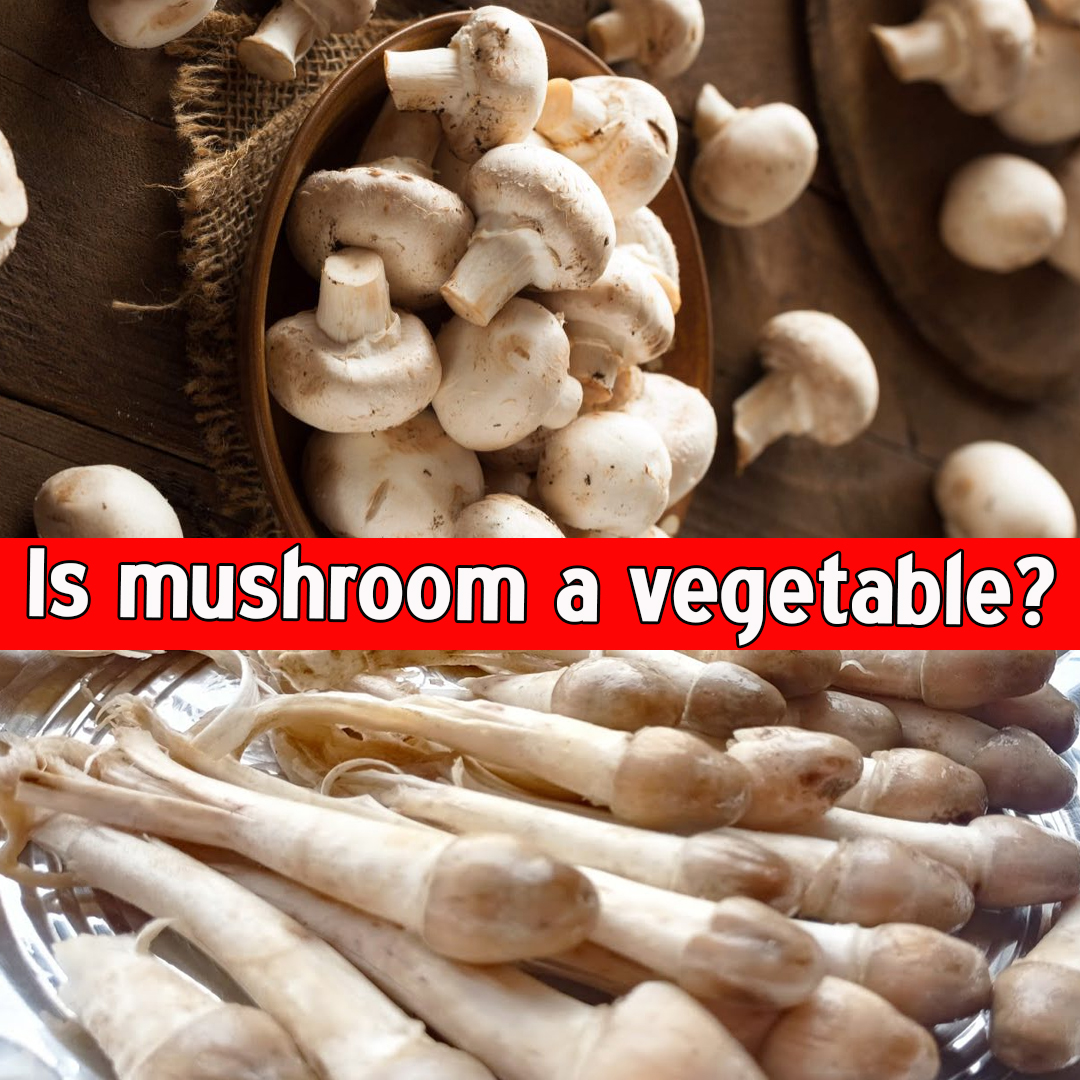What is the National Sweet of India?
Introduction: India’s Eternal Love for Sweets
India’s relationship with sweets is ancient, sacred, and deeply woven into the cultural, religious, and social fabric of the nation. From temple offerings to wedding feasts, from festive celebrations to roadside indulgence, sweets (mithai) are more than just food—they are a way of expressing joy, gratitude, and celebration.

What is the national sweet of India?
But with the vast range of sweets spread across India—each region having its own signature dessert
“What is the national sweet of India?”
Although no official declaration has been made by the Government of India regarding a national sweet, one contender stands out prominently and consistently: Jalebi.
- The cultural and historical importance of sweets in India
- A survey of India’s most famous sweets
- The rise of Jalebi as the national favorite
- Jalebi’s variants across the country
- And the final verdict on whether Jalebi deserves the crown
The Importance of Sweets in Indian Culture
Sweets are integral to nearly every aspect of Indian life:
- Religious Rituals: Most Hindu deities are offered sweets (prasadam) in temples and homes.
- Festivals: Diwali, Holi, Raksha Bandhan, Eid, Christmas—every Indian festival includes a sweet element.
- Celebrations: From weddings and birthdays to exam results and business launches, no happy moment is complete without sweets.
- Daily Life: Many Indians end their meals with a small serving of sweet, known as “muh meetha karna”.
With such deep cultural entrenchment, it’s no surprise that India produces hundreds of traditional sweets, made with milk, flour, ghee, jaggery, nuts, and aromatic spices.
Top Iconic Indian Sweets (Mithai) – Contenders for National Sweet
1. Rasgulla (Roshogolla) – Bengal’s White Wonder
- Origin: West Bengal & Odisha (hotly debated)
- Ingredients: Soft chenna (paneer balls) soaked in sugar syrup
- Popularity: Extremely high in Eastern India
- Geographical Indication (GI) tag: Both Bengal and Odisha have claimed variants
2. Gulab Jamun – The Deep-Fried Delight
- Origin: North India (inspired by Turkish desserts)
- Ingredients: Khoya (milk solids), deep-fried, soaked in rose-flavored syrup
- Status: Available at nearly every sweet shop in India
3. Kaju Katli – The Diamond of Diwali
- Origin: North India
- Ingredients: Cashew nuts, ghee, and sugar
- Symbolism: Often exchanged as premium gifts during festivals
4. Ladoo – The Sacred Round Sweet
- Origin: Pan-India
- Variants: Besan ladoo, boondi ladoo, motichoor ladoo, til ladoo, rava ladoo
- Cultural Link: Common temple offering and celebration sweet
5. Mysore Pak – The Southern Marvel
- Origin: Karnataka (Mysore Palace)
- Ingredients: Ghee, gram flour, sugar
- Popularity: Very high in South India
6. Sandesh – The Elegant Bengali Sweet
- Origin: West Bengal
- Ingredients: Paneer, sugar, cardamom
- Note: Lighter, delicate, often shaped into artful forms
7. Jalebi – The Golden Spiral
- Origin: Persian roots, Indian identity
- Ingredients: Maida (refined flour) batter fermented, deep-fried into spirals, dipped in sugar syrup
- Taste Profile: Crispy outside, juicy inside, sticky, tangy, sweet
Jalebi – The Sweet Spiral of India
Historical Origins
Jalebi is said to have originated from the Middle East, where it was known as “Zalabiya”. It traveled to India through Persian traders and was quickly embraced and transformed into the Indian version we know today.
By the 15th century, Jalebi was a familiar sweet in Indian households and was mentioned in ancient Sanskrit and Urdu texts.
Why Jalebi Stands Out as India’s National Sweet
Let’s look at the compelling reasons why Jalebi is regarded by many as the unofficial national sweet of India:
✅ 1. Pan-India Popularity
You’ll find Jalebi:
- In Uttar Pradesh and Delhi: as a breakfast item with poha or milk
- In Gujarat and Rajasthan: often paired with Fafda on festivals like Dussehra
- In Punjab and Haryana: as a wedding dessert
- In Madhya Pradesh: famous Indori poha-jalebi combo
- In Bihar and Jharkhand: called Imarti or Jalebi, often used for pujas
- In South India: adapted as Jilebi with local twists
It transcends regional boundaries like no other mithai.
✅ 2. Street Food + Festive Dessert
Jalebi is equally at home in:
- Street carts and fairs – served hot and fresh
- Five-star hotels – with saffron and silver leaf garnishes
- Temple prasad – especially during Holi, Diwali, and Durga Puja
- School/office celebrations – a crowd-pleaser across generations
✅ 3. Simplicity + Sophistication
- Easy ingredients: Flour, sugar, water, ghee
- No expensive nuts or milk products
- Still, the fermentation and frying technique add culinary depth
✅ 4. Visual Appeal and Aroma
The bright orange/yellow coils glistening with syrup, coupled with the aroma of hot sugar and cardamom, makes Jalebi an instant appetite stimulant.
✅ 5. Combo Power
Jalebi is rarely eaten alone. Some iconic combos include:
- Jalebi + Rabri – Thickened sweet milk pairs with the crispness
- Jalebi + Poha – A Madhya Pradesh breakfast ritual
- Jalebi + Milk – A soothing mix often consumed in winter
- Jalebi + Fafda – The Gujarati Navratri must-have
✅ 6. Affordable and Accessible
Whether you’re a billionaire or a daily wage worker, Jalebi is for everyone. A small portion can cost as little as ₹10, making it one of the most economically democratic sweets in India.
✅ 7. Shelf Life and Travel-Friendly
Unlike rasgulla or gulab jamun that need refrigeration, Jalebi can last a day or two without spoiling, making it ideal for:
- Train journeys
- Wedding parcels
- Gifting in bulk
Jalebi Around the World
Believe it or not, variations of Jalebi are popular globally:
- Iran: “Zulbia”
- Middle East: Served during Ramadan
- Nepal: Called “Jerry” in the famous Jerry-Swari combo
- Mauritius, Fiji, and South Africa: Brought by Indian migrants
This international reach gives Jalebi a special global status.
Variants of Jalebi Across India
- Imarti: Thicker, flower-shaped, made from urad dal
- Khoya Jalebi: Made with mawa in North India
- Paneer Jalebi: Common in Bengal and Assam
- Jhangri (South India): Similar to imarti but softer
Jalebi in Pop Culture and Literature
Jalebi has been mentioned in:
- Hindi films: “Jalebi Bai”, “Jalebi – The Everlasting Taste of Love”
- Children’s stories and poems like “Jalebi ki Yatra”
- Street food documentaries on Netflix, Discovery, and YouTube
- Quotes like: “Jalebi ki tarah tedha par meetha” (Twisted but sweet like a jalebi)
Rasgulla vs Jalebi: The Great Sweet Debate
West Bengal and Odisha have long battled for GI tag rights over rasgulla, each claiming its origin. However, Jalebi quietly holds the emotional vote of India with minimal controversy.
- Rasgulla: Loved, but mostly in Eastern India
- Jalebi: Universally accepted
Nutrition Facts (per 100g of Jalebi):
- Calories: ~400 kcal
- Sugar: High (~30–35g)
- Fat: Moderate (~15g)
- Proteins: Low (~2–3g)
Not the healthiest sweet, but certainly one of the tastiest.
Should Jalebi Be Declared India’s National Sweet?
YES, because:
- It meets all five criteria: popularity, affordability, cultural symbolism, accessibility, and taste
- It unites India across castes, regions, religions, and classes
- It has historical depth, global reach, and modern relevance
Conclusion: Jalebi – The Undisputed Sweetheart of India
From religious rituals and royal feasts to railway stations and school celebrations, Jalebi has quietly yet deliciously embedded itself in every corner of Indian life. While India’s diversity makes it hard to declare one dish as a national sweet, Jalebi—with its universal appeal, golden spiral charm, and timeless taste—deserves the crown.
So, even if the Government of India hasn’t made it official, in the hearts of millions of Indians, Jalebi is truly the national sweet.















Leave a Reply